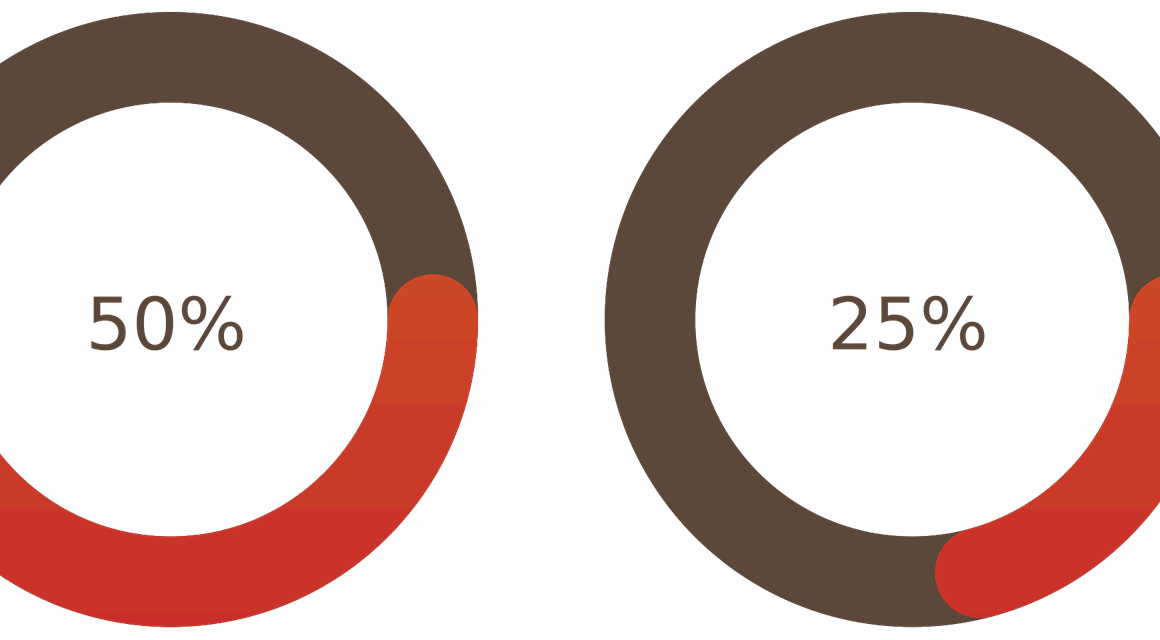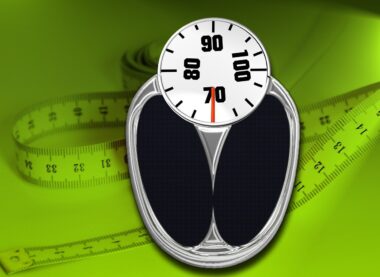How to Analyze Your Progress Data in Diet and Exercise Tracking Apps
Analyzing your progress data is crucial when using diet and exercise tracking apps. First, ensure you are inputting your data consistently and accurately. Daily entries help in establishing a reliable dataset. Many applications provide visual representations of your data, such as charts and graphs, which can be beneficial for quickly assessing overall trends. Look for patterns in your food intake, exercise frequency, and weight changes to understand what is working for you. A common mistake is not reviewing this data periodically; make it a habit to analyze it weekly. Pay attention to not just the numbers but also how you feel. Interpretation of the data should encompass physical and emotional aspects. Include notes about your energy levels or mood to draw connections. This multifaceted approach allows for smarter decisions in your weight loss journey. Set specific goals based on your data findings. Next, adjust your diet or workout routine accordingly. Achievements, even small ones, should be celebrated. Frequent analysis can help you stay motivated while providing insight into your progress over time, making it a vital part of any health strategy.
To enhance your experience using diet and exercise tracking apps, consider focusing on your macros. Macronutrients, including proteins, carbs, and fats, can greatly affect your weight loss performance. It’s important to know the recommended ratios for your goals. Some apps allow for macro tracking, which can guide your meals more effectively. By inputting what you eat, you can see if you’re sticking to your planned macros regularly. If imbalances arise, use the data to make quicker adjustments. Be vigilant about changes in your weight or body composition as well; a stable weight isn’t always indicative of progress if body fat percentages are shifting, which some apps can help record. Additionally, creating a realistic timeline for your goals is necessary. Set short-term objectives along with long-term milestones. Align the targets based on the data you’ve gathered. This approach helps keep you accountable and encourages steady progress. Being flexible in your plan while still adhering to your goals will yield success. Regularly revisit and adjust your macros and caloric intake as needed based on real-time feedback from your tracking app.
Understanding Trends in Your Data
Understanding personal trends in your progress data can yield valuable insights. Start by identifying periods of weight loss and correlating these with specific dietary choices or exercise routines. In this context, maintaining an active approach to your data allows for adjusting strategies proactively. You may notice that certain foods lead to better energy or weight loss results. Look for consistent patterns over weeks and months. Using filtering options in many apps can help isolate these trends effectively. Regularly analyzing your weekly or monthly summaries gives a broader perspective. Furthermore, consider setting benchmark dates for analysis, like before holidays or significant events. This setup can enable you to adjust your intake or workout plan for optimal results during those periods. Reflect on your emotional states during weight fluctuations; it is a documented phenomenon that emotional eating impacts progress. With data from your tracking app, explore how these feelings correlate with your choices, allowing for emotional awareness. Therefore, it’s critical to evaluate the data holistically. Focusing on trends rather than singular data points leads to more accurate adjustments as you strive for healthier living.
Another consideration when analyzing data from diet and exercise apps is meal timing and frequency. The impact of these factors can often be overlooked. Data analysis can help pinpoint when you consume meals most often and how this relates to your performance or hunger levels. Research has shown that meal timing can influence weight loss; it might be beneficial to adjust your eating schedule based on patterns identified in your data. If consistent late-night eating habits are noted, changes may need to be made. Review how meal frequency correlates to your energy levels throughout the day. If you observe a drop in energy or focus during certain hours, it might be time to explore whether snacking or meal timing could improve your productivity. Many apps also allow you to track timing alongside workouts, which can be advantageous. This information can guide your pre- and post-workout nutritional strategies. Lastly, maintain a flexible approach in your meal strategy as you gather data, allowing your plan to evolve naturally based on what you observe. Implementing these adjustments ensures a more personalized approach to diet and exercise.
Comparative Analysis of Progress
Comparative analysis is another key technique for effective data evaluation. With many tracking apps, you may have access to community metrics or group challenges. Participating in these can motivate you while providing context for your progress. Comparing your results with that of peers can be useful; however, always bear in mind that individual progress varies. Focus on your own metrics but utilize others for additional context. See how your weekly exercise hours relate to the community average or how your caloric intake stacks up against others. This social element can provide a support system, pushing you to improve consistently. Furthermore, take snapshots of your progress over time. Many apps offer the option to graph outcomes or even share progress pictures. This visual may illustrate the changes you have undergone, fueling motivation further. Keep an eye out for community posts or tips that resonate with you and could help provide fresh perspectives on your dieting methods. Document any changes you make based on peer insights and see how they impact your metrics. Continuous feedback will strengthen your commitment to a healthier lifestyle.
Another important aspect to consider is your fitness goals and how they align with progress data analytics. Weight loss or management is often a complex and highly personal journey. Define what success looks like for you early on: is it merely the number on the scale, or do stronger workouts matter more? Your tracking app should be a useful tool rather than a source of stress. As your data evolves, so should your understanding of your fitness goals. Each analysis can offer insight into whether your objectives need adjustments; for example, if your goal was to lose ten pounds but you’re feeling stronger physically without weight movement, it might be time to celebrate other victories. This can help reinforce mental well-being alongside physical health. Set short-term targets related to fitness improvements, like completing a specific number of workouts weekly, rather than solely focusing on weight targets. By diversifying your goals, you’ll likely find a more sustainable and motivating approach that leaves you feeling accomplished in multiple aspects. This balanced perception encourages ongoing engagement with your tracking app.
Conclusion on Best Practices
In conclusion, analyzing progress data in diet and exercise tracking apps is a powerful tool for achieving your fitness goals. By regularly entering your data, focusing on macros, and understanding personal trends, you can make informed decisions that enhance your weight management journey. Meal timing and frequency should not be ignored, as they contribute to overall performance. Additionally, comparative analysis with peers can offer motivation and context for your progress. Make sure to set realistic and emotionally resonant goals, adapting them as needed based on your findings. As you maintain flexibility, remember to celebrate even small milestones, as these contribute to long-lasting behavioral change. The key is to view data not as a judgment but as a roadmap for improvement and growth. The combination of emotional awareness, community engagement, and analytical techniques can create a supportive environment. Most importantly, the insights gained will empower you to keep evolving towards a healthier lifestyle. Therefore, integrate these best practices into your routine and enjoy the transformation that follows through diligent tracking and insightful analysis.





